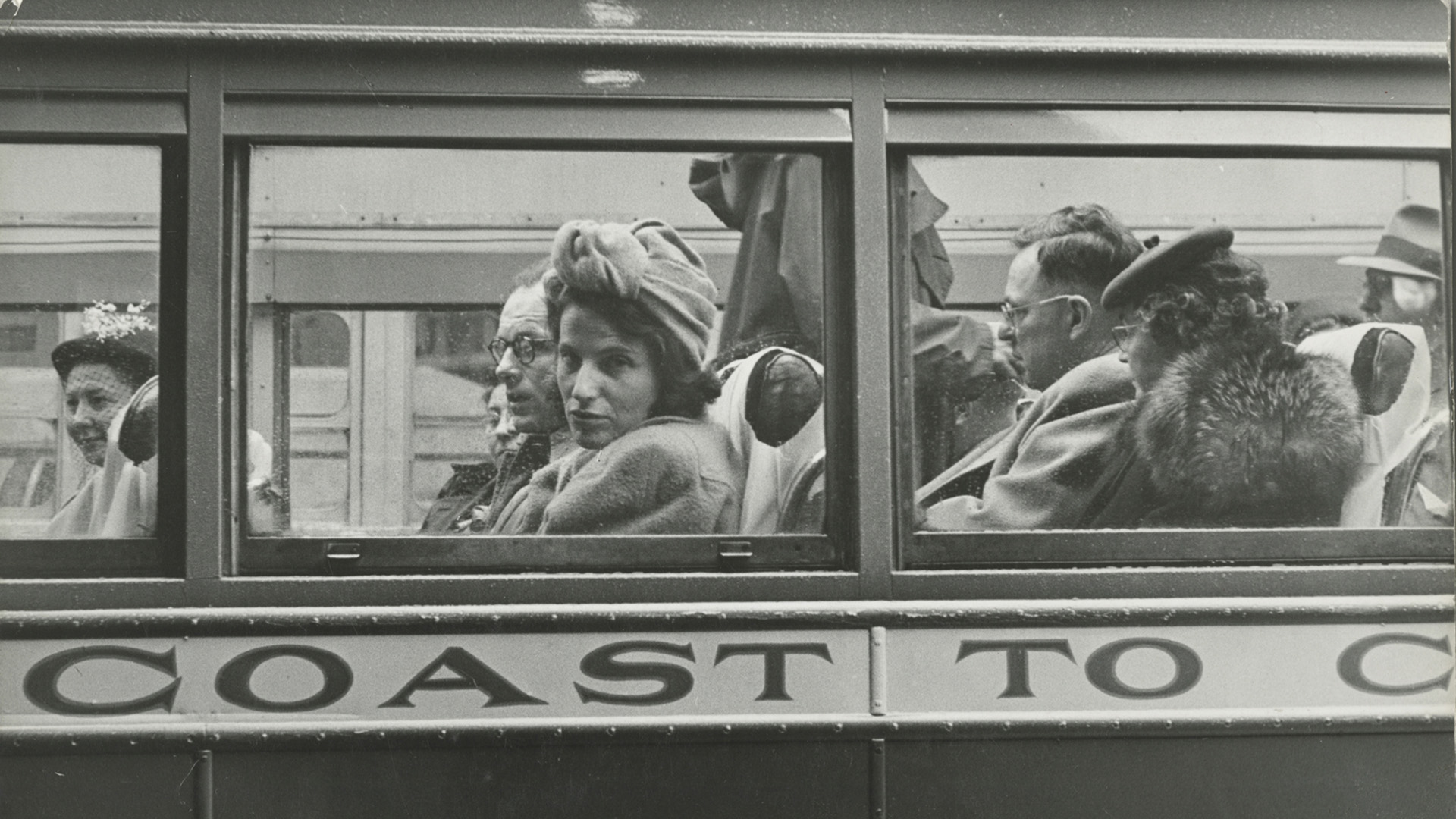A new exhibit showcases the development of street photography across the 20th century, and how women came to define it.

You’re getting blind.
Don’t miss the best of visual arts. Subscribe for $9 per month or $108 $90 per year.
Already suscribed ?
Read more: Ruth Orkin : Stolen Moments



